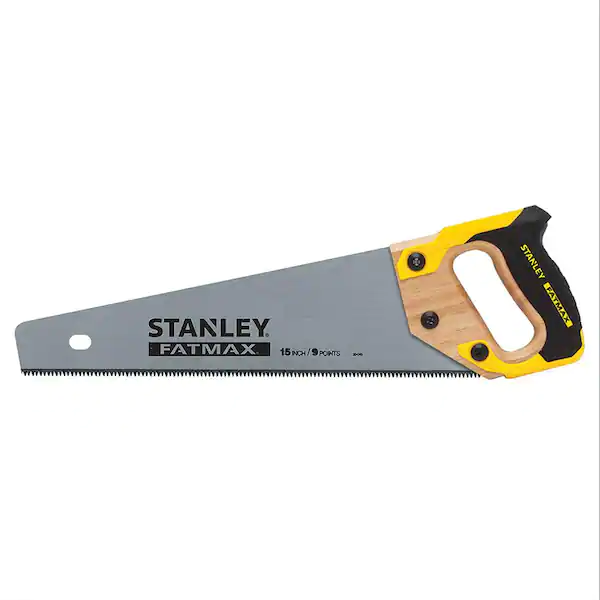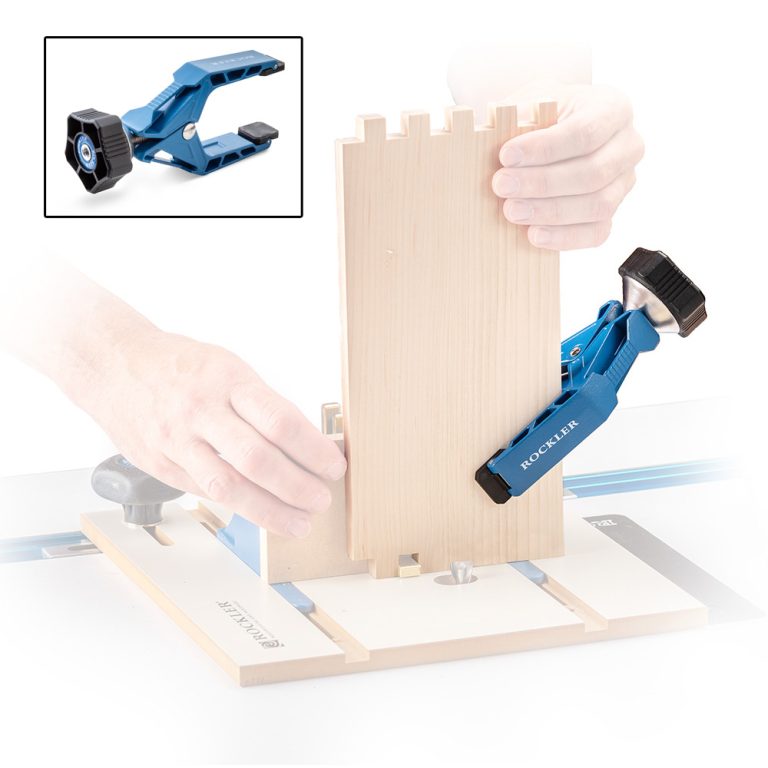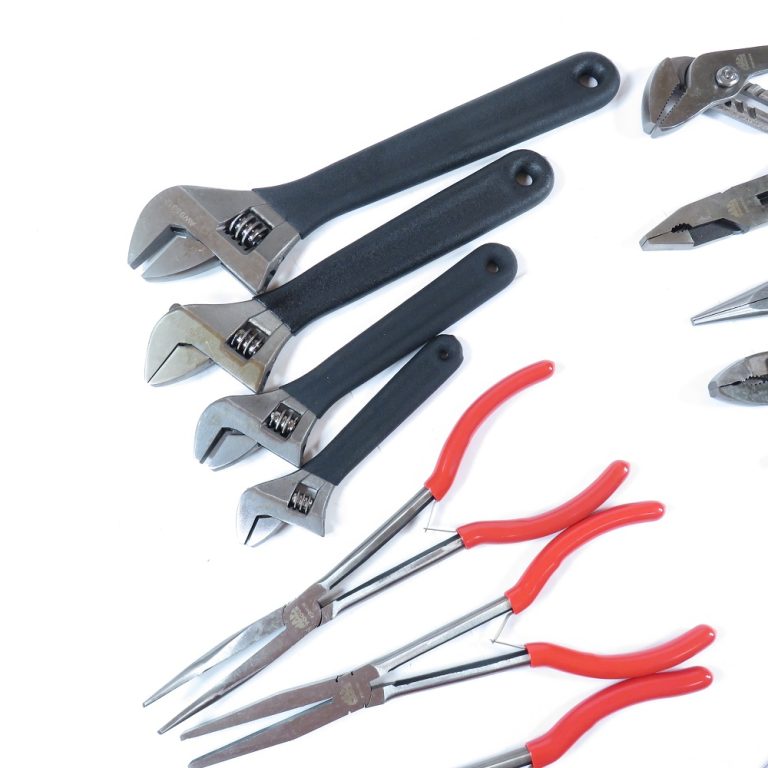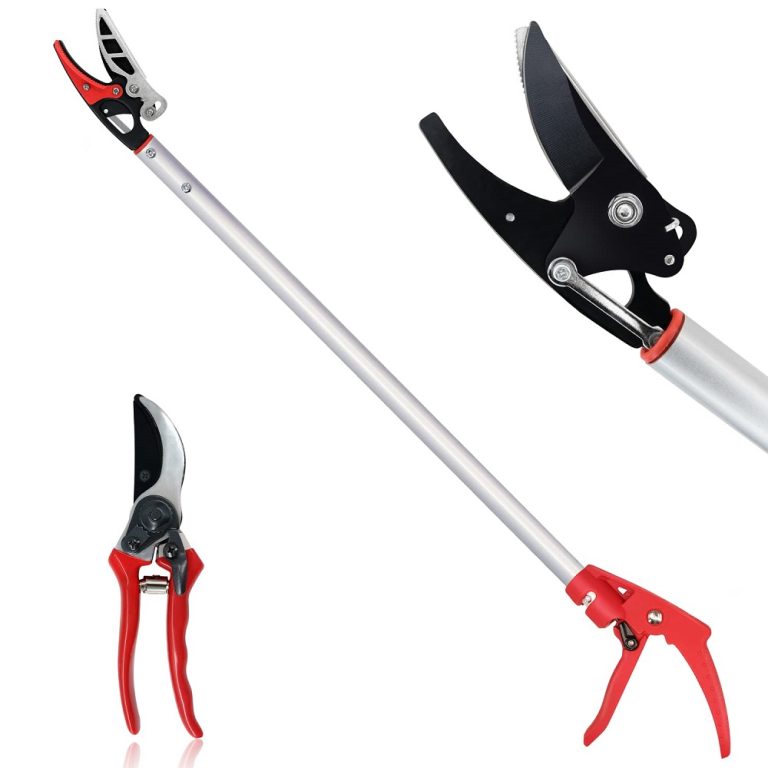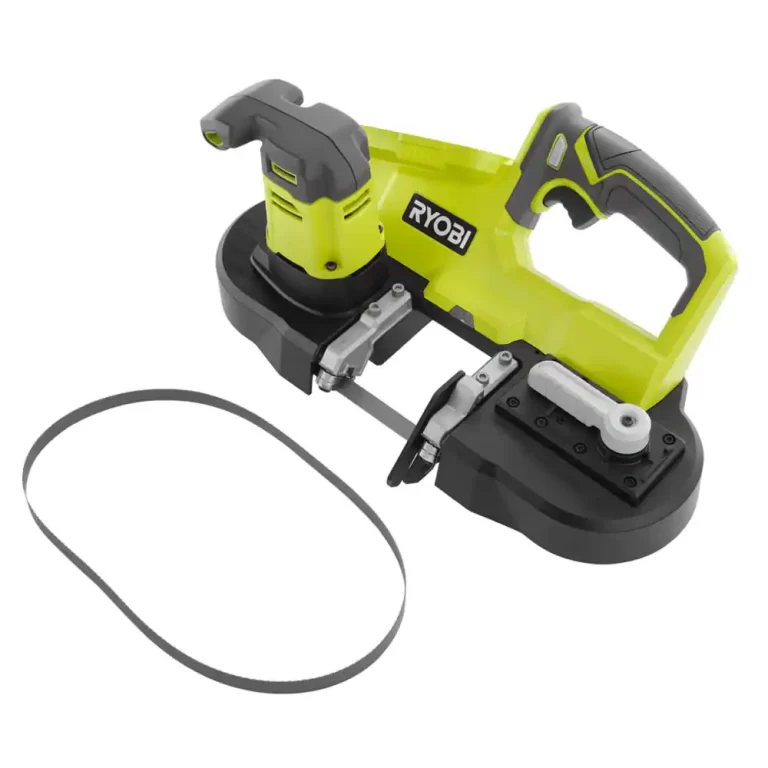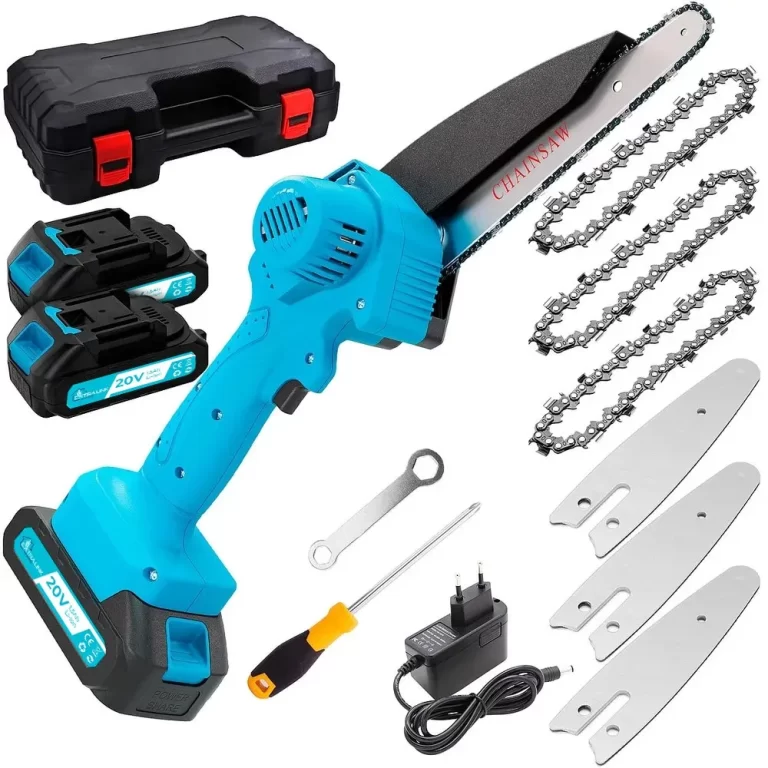Introduction to Hand Saws in Woodworking
Hand saws are essential tools in woodworking. They allow for precise cuts without the need for bulky machinery. In this blog, we’ll explore the value of hand saws in the craft of woodworking. Whether you’re a beginner or a seasoned woodworker, understanding the different types of hand saws is crucial. Each saw has a specific purpose that can affect the outcome of your project.
Knowing which hand saw to choose can often be the key to success. Hand saws range from general-purpose to specialized designs. They can rip, crosscut, or make intricate patterns. For many woodworkers, using a hand saw offers a sense of connection to their work. It allows for a more tactile experience.
By mastering hand saws, you can enhance your woodworking skills. You’ll be able to tackle a variety of projects with confidence. In the following sections, we’ll delve into the main types of hand saws. We will discuss their uses, characteristics, and tips for choosing the right one. Stick around to learn how to select, use, and maintain these timeless tools effectively.

Main Types of Hand Saws
Understanding the different types of hand saws is critical for any woodworker. Each saw serves a unique purpose, enabling precise cuts for specific woodworking tasks. Let’s explore the primary saws that should be a part of every woodworker’s toolkit.
Rip Cut Saws
Rip cut saws feature large teeth and are designed to cut along the grain of the wood. They remove material quickly. Their aggressive tooth design allows for fast, efficient cutting but may require more finishing work.
Crosscut Saws
Crosscut saws have smaller, angled teeth, ideal for cutting across the wood grain. They cut wood fibers cleanly, resulting in smooth, precise edges. Crosscut saws are a must-have for detailed work.
Back Saws
Back saws include a stiffening rib on the edge opposite the cutting edge, which gives the saw its name. They offer control for fine cuts, often used in joinery. Back saws come in various sizes for different precision tasks.
Pull Saws
Pull saws, also known as Japanese saws, cut on the pull stroke. They are thinner and allow for a lighter touch. Pull saws can create very fine cuts and are valued for their precision and ease of use.
Keyhole Saws
Keyhole saws are characterized by a pointed blade, perfect for starting cuts in the middle of a surface. They are ideal for making small, tight cuts and are often used in drywall or for detail work in wood.
Dovetail Saws
Dovetail saws are a type of back saw with fine teeth. They are specifically made for cutting dovetail joints in woodworking. The precision of a dovetail saw is critical for joint stability and aesthetics.
By familiarizing yourself with these different types of hand saws, you can choose the right saw for the right project, which is essential for quality craftsmanship in woodworking. Always consider the saw’s type and your project needs when selecting a hand saw. Make sure also to keep the tooth configuration and handle ergonomics in mind, as these will greatly affect your cutting experience.
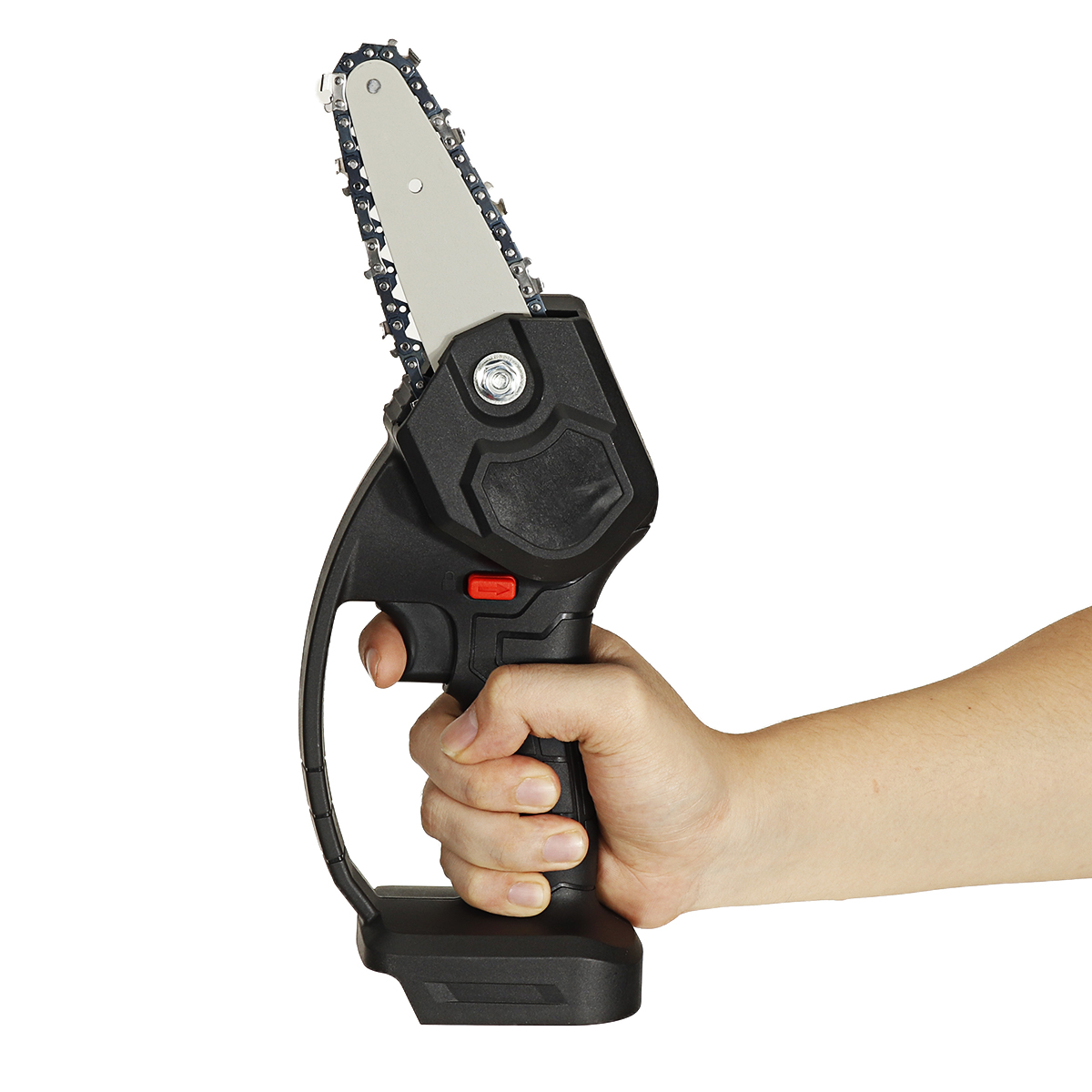
The Anatomy of a Hand Saw
Understanding the anatomy of a hand saw is key to using it effectively. Each component of a saw plays a crucial role in its operation and efficiency. Let’s break down the main parts and how they contribute to a saw’s performance.
Blade Variations
Blades differ in length, width, and thickness, affecting the saw’s cutting capabilities. Longer blades are great for straight cuts on larger pieces. Shorter blades offer more control for detailed work. Thinner blades are best for intricate cuts, while thicker ones provide more stability. When picking hand saws, reflect on your project’s needs.
Tooth Configuration and TPI
Tooth configuration refers to the shape and spacing of a saw’s teeth. TPI stands for ‘teeth per inch,’ which is a critical factor in a saw’s cutting ability. Higher TPI yields finer cuts, ideal for detail work. Lower TPI allows for faster, rougher cuts. For clean cuts across wood grain, choose a crosscut saw with a higher TPI. For quick cuts along the grain, a rip cut saw with fewer, larger teeth works best.
Handle Ergonomics
A comfortable handle is vital for control and reducing fatigue. Look for handles shaped to fit your grip. They should allow for a firm hold without straining your hands. The handle material plays a part too. Wood provides a classic feel but can vary in quality. Plastic or rubber-coated handles offer durability and comfort. The right handle will increase your precision and make sawing less labor-intensive.
By understanding these key elements of hand saw anatomy, you can make informed choices. Choose a saw not only for the type of cut it produces but also for its blade, teeth, and handle features. With the right knowledge, picking different types of hand saws becomes much simpler and more effective for your woodworking projects.
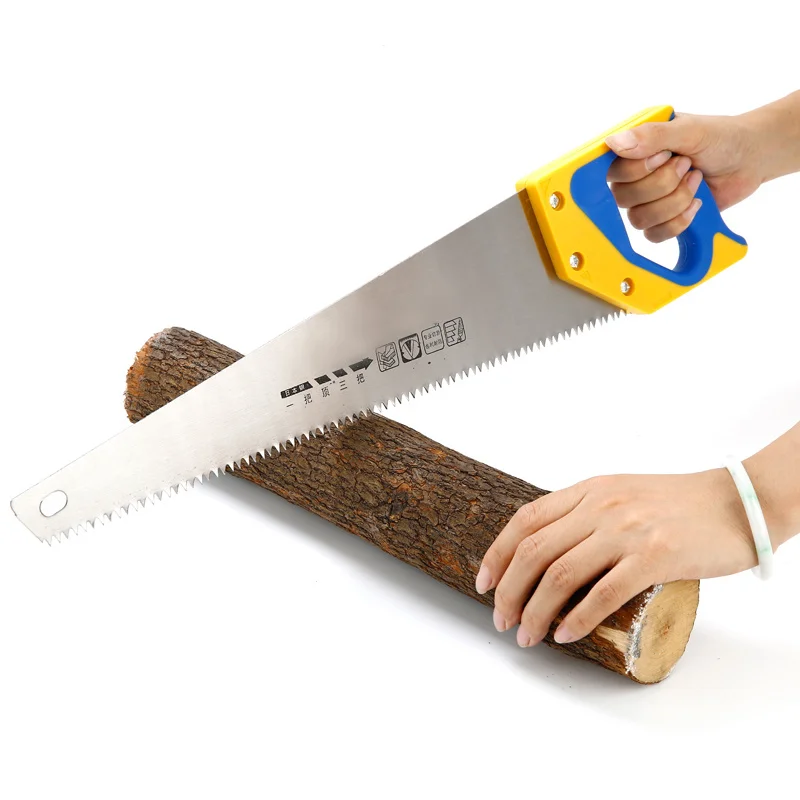
Choosing the Right Hand Saw for Your Project
Choosing the right hand saw for your project is not just about recognizing the different types of hand saws; it’s about matching the saw to the task at hand. With the various options available, you can make cuts that are clean, precise, and suited to your woodworking needs. Here are key points to consider when selecting a hand saw for your specific project:
- Identify the Wood Type: The kind of wood you’re working with is vital. Hardwoods may require a saw with more teeth per inch (TPI) for a cleaner cut.
- Consider the Cut Direction: Determine whether you’ll be cutting along the grain with a rip cut saw or across the grain with a crosscut saw. Each type of cut impacts the finish you’ll achieve.
- Match the Saw to the Detail Level: If dealing with detailed joinery, consider a back saw or dovetail saw. These ensure tight joints and a professional look.
- Choose According to the Cut’s Shape: For intricate patterns or internal cuts, like keyholes, opt for a keyhole saw that can maneuver in tight spaces.
- Assess Handle Comfort: Handle ergonomics can affect your control and comfort during long projects. Ensure the grip fits well in your hand.
Ensuring you have the proper hand saw for your woodworking projects will increase your efficiency, precision, and satisfaction with the end result. Keep these considerations in mind and you’ll be well-equipped to make the best choice for your workload. Choosing wisely can lead to better quality and a more enjoyable woodworking experience.

Maintenance and Care for Hand Saws
Proper maintenance and care are crucial for longevity and performance of hand saws. Here are straightforward tips:
- Clean After Each Use: Wipe blades with a cloth to remove debris and sap. This prevents rust and ensures clean cuts.
- Apply Oil: Lightly oil the blade to ward off rust. Use a specific tool oil or a multipurpose one.
- Check for Dullness: Inspect teeth regularly. A sharp saw makes cutting easier and safer.
- Use a Saw Vice: Secure the saw in a vice when sharpening. This keeps it steady and ensures even work on the teeth.
- Store Properly: Hang saws vertically or keep them in racks. This avoids bending and keeps teeth sharp.
- Avoid Moisture: Store in a dry location. Humidity leads to rust which can damage the saw blade.
- Sharpen Regularly: Sharpen teeth with a file that matches the tooth size and angle. For precision, consider a professional sharpening.
Maintain a consistent routine to keep different types of hand saws in top shape. With care, your hand saws will deliver outstanding results for years to come.
Popular Brands and Manufacturers
When you’re in the market for hand saws, considering popular brands and manufacturers can guide your choice. These companies have established reputations for quality and reliability in their tools. Whether you seek a classic rip cut saw or a delicate dovetail saw, knowing who makes the best in the business can make a difference.
Some top brands known for producing different types of hand saws include:
- Stanley: A name synonymous with woodworking tools, Stanley offers a range of durable hand saws suitable for various tasks.
- Irwin: Popular for their ergonomic designs, Irwin hand saws provide comfort and efficiency for extended use.
- DeWalt: Renowned for power tools, DeWalt also has a line of hand saws appreciated for their strength and precision.
- Shark Corp: Shark Corp specializes in pull saws, delivering the fine craftsmanship associated with Japanese saws.
- Lie-Nielsen: Lie-Nielsen is a go-to brand for fine woodworking tools, including high-quality back saws and dovetail saws.
- WilFiks: This brand is known for heavy-duty hand saws with an emphasis on sharp blades and solid performance.
Choose brands that align with your project’s demands and your personal preferences for handle feel, blade quality, and overall tool longevity. Remember to consider each tool’s features and how they match with the woodworking tasks you plan to undertake. Investing in a hand saw from a reputable manufacturer can enrich your tool collection and enhance your woodworking outcomes.
Conclusion: Integrating Hand Saws Into Your Tool Collection
In conclusion, hand saws are a fundamental part of any woodworker’s toolkit. From rip cut saws to delicate dovetail saws, understanding and choosing from the different types of hand saws is essential. The right hand saw empowers you to make precise cuts and contribute to the overall success of your projects.
By now, you should have a clear picture of the main types of hand saws and their uses. You’ve learned about the importance of blade variations, tooth configuration and TPI, as well as the impact of handle ergonomics on your work. With these insights, selecting a hand saw that matches the wood type and cut direction required for your project is more straightforward.
Regular maintenance and proper care mean your hand saws will stand the test of time, making them a worthy investment for both beginners and seasoned woodworkers. Opting for quality brands will further enhance your working experience and yield better results.
Whether you’re shaping joints, cutting through lumber, or carving intricate patterns, hand saws add a personal touch to your craftsmanship. As you gather different types of hand saws for your collection, remember to select, use, and care for each one with the respect and attention it deserves. This way, you will ensure that they’re always ready for the next cut and that they continue to play a pivotal role in your woodworking endeavors.
